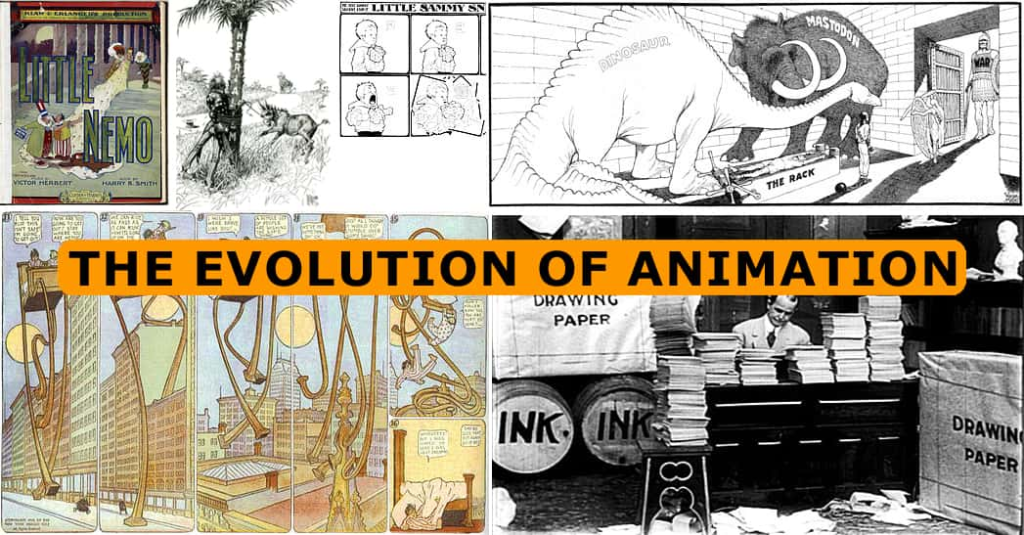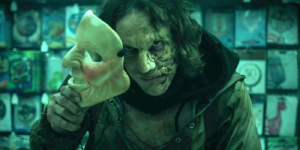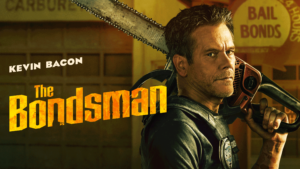A Journey Through Time: The Evolution of Animation
Animation, the art of bringing inanimate objects to life, has undergone a remarkable journey since its humble beginnings. From rudimentary flipbooks to the breathtaking photorealistic CGI of today, this medium has constantly pushed creative boundaries and captivated audiences of all ages.

The Dawn of Movement
The concept of creating the illusion of motion predates cinema itself. Early experiments included zoetropes and phenakistoscopes, simple devices that utilized the principle of persistence of vision to create the illusion of movement from a series of still images. These early innovations laid the groundwork for the development of cinematic animation.
The Birth of Animated Film
The late 19th and early 20th centuries witnessed the birth of animated film. Pioneers like Émile Reynaud and the Lumiere brothers began experimenting with techniques to project moving images onto a screen. Early animated films were often short and simple, featuring rudimentary characters and basic storylines.
The Rise of Hand-Drawn Animation
The early 20th century saw the rise of hand-drawn animation, a labor-intensive process that involved meticulously drawing each frame of a sequence. Studios like Disney and Warner Bros. revolutionized the industry with iconic characters and groundbreaking techniques. The Golden Age of Animation, spanning the 1930s and 1940s, witnessed the creation of beloved classics like “Snow White and the Seven Dwarfs” and “Fantasia,” pushing the boundaries of storytelling and visual artistry.
The Digital Age
The advent of computer technology ushered in a new era of animation. Computer-generated imagery (CGI) offered unprecedented creative freedom, allowing animators to create complex and realistic worlds and characters. Films like “Toy Story” and “Jurassic Park” showcased the immense potential of CGI, captivating audiences with stunning visuals and groundbreaking special effects.
Contemporary Animation
Today, animation continues to evolve, embracing new technologies and pushing creative boundaries. Motion capture technology allows for more realistic and expressive character movements, while advancements in software and hardware enable the creation of increasingly sophisticated and visually stunning animations.
The Future of Animation
The future of animation is bright and full of possibilities. As technology continues to advance, we can expect to see even more innovative and immersive experiences. Virtual reality, augmented reality, and artificial intelligence are poised to revolutionize the medium, offering new avenues for storytelling and audience interaction.
In conclusion, animation has come a long way since its humble beginnings. From early experiments with simple devices to the sophisticated CGI of today, this art form has consistently captivated audiences and pushed the boundaries of creativity. As technology continues to evolve, animation will undoubtedly continue to surprise and delight us with its boundless potential.










